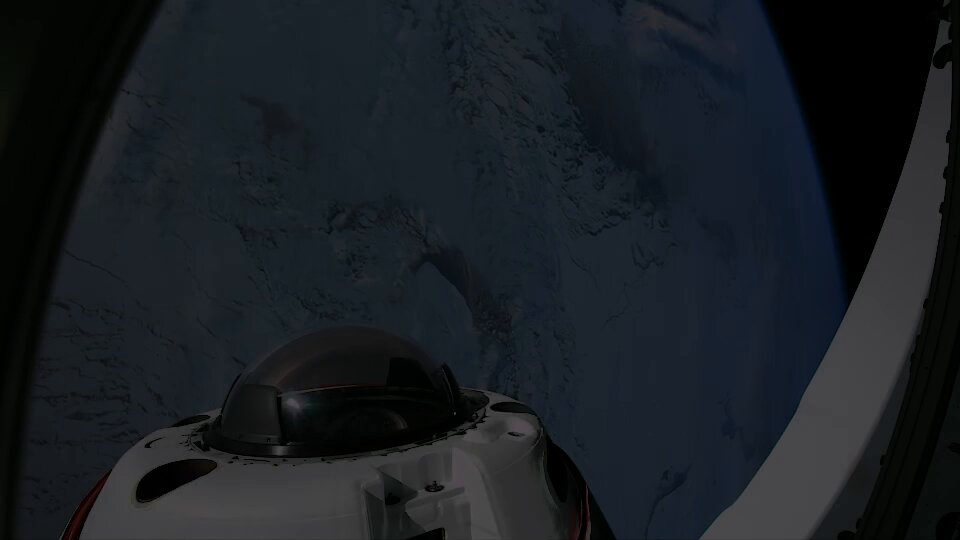What do Earth’s poles look like from the space? First visuals captured by SpaceX mission
Have you ever wondered what Earth's poles look like from the space? For the first time in history, we have breathtaking visuals of our planet's most remote regions—captured by SpaceX's Crew Dragon Resilience.
Launched on March 31, 2025, from NASA’s Kennedy Space Center in Florida, the spacecraft is orbiting at a 90-degree inclination, providing a unique view of the North and South Poles. The Fram2 mission, named after a Norwegian polar exploration ship, marks the first human spaceflight to traverse this polar orbit, covering the poles at an altitude of 430 kilometers.
Chun Wang leads international crew
The mission, spearheaded by Maltese entrepreneur Chun Wang, features an international team of experts. Wang, a cryptocurrency billionaire and co-founder of Bitcoin mining pool F2Pool, funded the mission for an undisclosed amount.
ALSO: Musk’s SpaceX Starship Explodes, Debris Falls Over Florida & Bahamas
Joining him are Norwegian filmmaker Jannicke Mikkelsen, who serves as vehicle commander, German robotics researcher Rabea Rogge as pilot, and Australian polar explorer Eric Philips as medical officer and mission specialist. All four are spaceflight rookies, united by their passion for polar exploration, bringing their terrestrial expertise to this groundbreaking space journey.
22 experiments in polar orbit
Until April 4, 2025, the Fram2 crew will conduct 22 experiments focusing on the unique environment of the polar regions. These include capturing phenomena like auroras and STEVE (Strong Thermal Emission Velocity Enhancement), a rare light emission.
ALSO: Elon Musk’s wild new brain chip could let the blind see— meet Blindsight
The team will also perform the first X-ray in space, grow mushrooms in microgravity, and study human health impacts, such as sleep patterns using Oura Rings and glucose regulation in microgravity. These experiments aim to advance knowledge for long-duration space missions and understand spaceflight’s effects on the human body.
Elon Musk highlights mission’s significance
SpaceX CEO Elon Musk responded to the footage on X, emphasising the historic nature of the visuals. He noted that the mission opens new possibilities for human spaceflight and planetary observation. The Crew Dragon Resilience, previously used for missions like Inspiration4 and Polaris Dawn, will splash down in the Pacific Ocean after the mission concludes, marking its first west coast recovery.
ALSO: Who are the Dark Storm Team, hackers who crippled Elon Musk's X?










